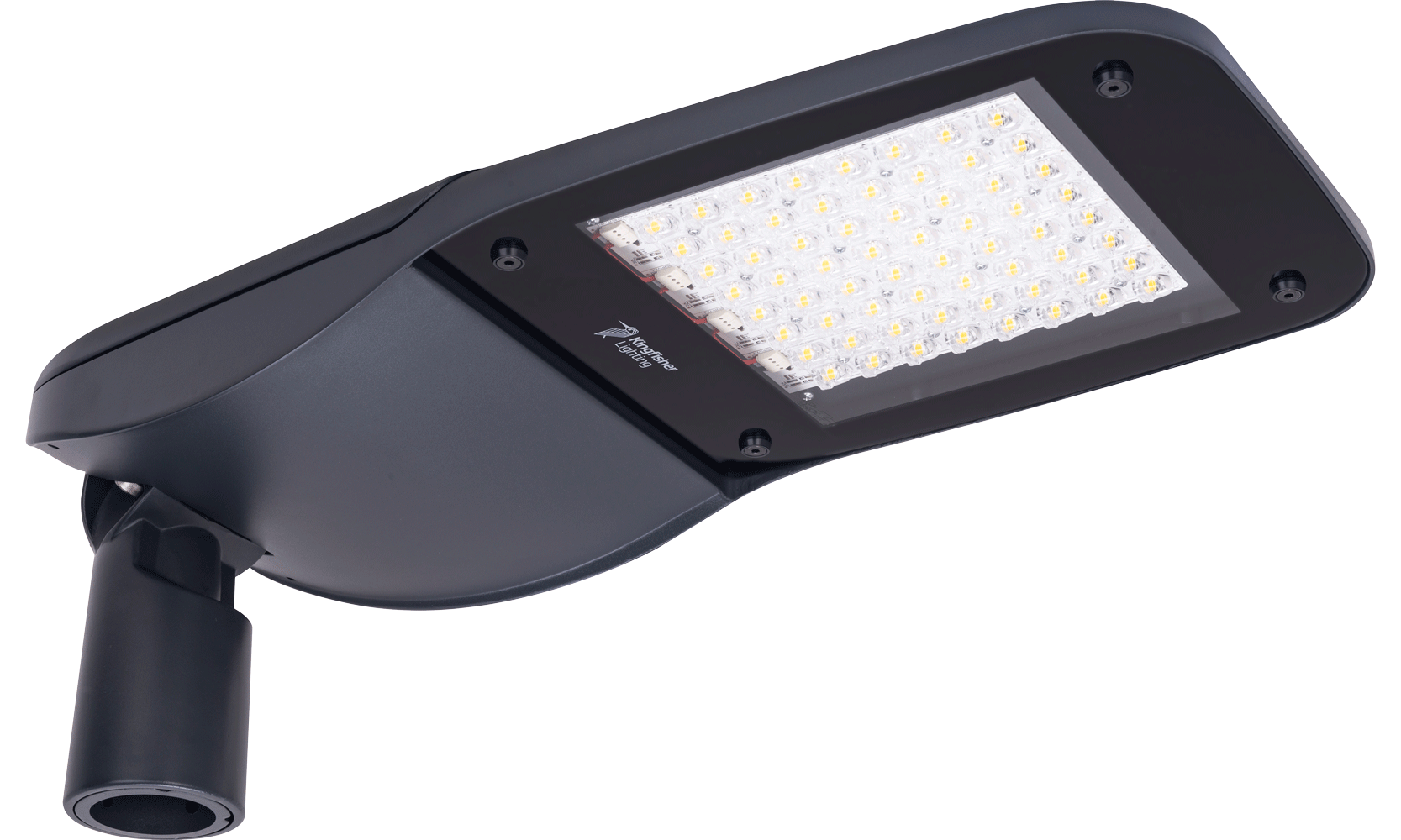Since the shift of technology to LED, we’ve seen many benefits such as energy savings, better light control and more. However, one of the main differences with this technology is the maintenance.
LED vs Predecessors
Traditional Lighting typically features HID and SON lamps as their main light source. However, the problem with these as light sources is they have a much shorter lifetime which leads to constant replacements and further expense.
LEDs have a much longer lifetime and do not need replacements which reduces both costs and maintenance time. They also produce less heat waste and light waste as a result which can dramatically improve the quality of light.
Determining Maintenance Factors
To keep it short, the term ‘maintenance factor’ means the amount of light loss over time. This occurs due to a degradation of systems, which leads to a reduction in lumen output. However, other factors contribute to this, including the localised environment surrounding the luminaire such as dust, moisture and other pollutants.
Maintenance Factors can be divided into three sections –
L – Luminaire maintenance at rated life
B – Percentage of LEDs that would not perform at the end of the lifetime
F – Percentage of LED failures within luminaires
When selecting luminaires from any manufacturer/business, it is important to see these factors as they represent the greatest longevity of your scheme over time. If you cannot see them available in their literature, it would be worth contacting them to find out.
Regular Maintenance
Many businesses advertise their luminaires as LED and promote them as ‘maintenance-free.’ While this is somewhat accurate, we advise our customers to implement a regular maintenance schedule. By implementing this, it can help prevent downtime, maintain optimal performance, extend the lifespan of the luminaire, and enhance return on investment.
If you have any enquiries regarding our products and services, please feel free to contact our team on 01623 415900 or at sales@kingfisherlighting.com






